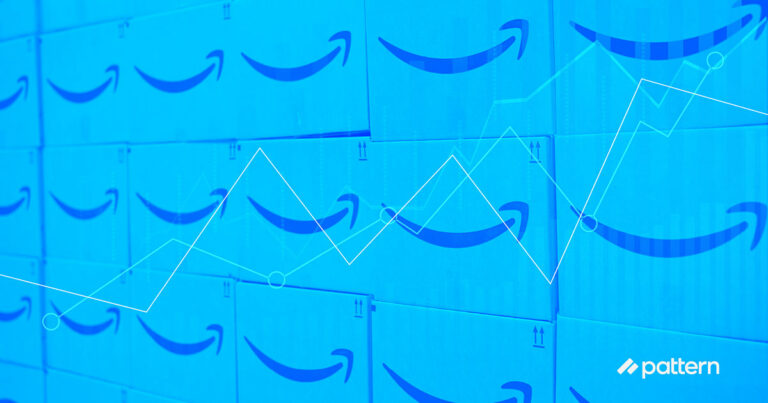With ecommerce and digital channels increasingly crucial to the overall strategies of retail and consumer brands, private equity investors have become interested in the digital due diligence red flags that indicate reduced mid-term growth prospects.
Industry publication Mergers & Acquisitions ran an article in 2018 introducing the idea of “digital diligence”; suggesting that an assessment of a potential investment’s digital strategy is as important as some of the traditional metrics used to determine its valuation.
Having produced this type of analysis for our private equity clients – both within the pre-exclusive and the exclusive stage of deals – we’ve noticed common themes in the indicators that lead to reduced valuations or investors being deterred completely.
Below we outline five digital due diligence red flags that private equity investors should look out for as part of their pre-deal analysis.
High New Customer Rate
New customers are important for growth, but this should not be at the expense of returning customers; who will often be the biggest spenders and most profitable to serve.
While a high new customer to returning customer ratio can at first look positive, in a mature business it can be a sign that existing customers feel undervalued by the brand, it is delivering a poor customer experience and/or there has been a decline in product quality.
All could be factors that would affect its future growth potential; and it also may indicate that the business is having to spend excessively on digital acquisition marketing channels to keep revenue on track.
High Customer Acquisition Costs
Aligned to the first point, acquiring online customers can be costly and require multiple touchpoints to take consumers from awareness, through the consideration stage and to point that they make a purchase.
If marketing costs are high because the business isn’t retaining existing customers, or if the cost of acquiring individual customers is high, further investigation should be conducted to understand why.
An over-reliance on paid marketing channels, such as search engine advertising or affiliate marketing channels, should be a cause for concern and may not be sustainable in the longer-term.
Online Promotions focused on Price, not Proposition
One of the benefits of the internet is the price transparency that it creates for consumers. However, when trading conditions are tough, some retailers and brands can become very reliant on price reductions to drive online sales, particularly to paper over the cracks in their product’s desirability or quality.
Over time this trains consumers to buy only when a promotion is running. Businesses also risk entering a downward price spiral with other sellers and brands, something we see happening particularly when algorithmic pricing of the type employed by Amazon is in play.
Online businesses with a great product and/or service offer will be able to maintain a high percentage of full-price sales, and are likely to have a stronger growth outlook as a result.
Home-grown or Outdated Technology Stack
Both home-grown and outdated technology should be considered a risk. It can be costly to remedy and/or put a stranglehold on growth. ASOS is one of many online businesses who has faced financial results materially impacted by technology issues.
If the retailer or brand has developed its own technology, or not kept on the upgrade path of its systems, it is less likely to be able to adapt its business model as it would like, or support expansion. We’ve previously come across outdated ecommerce platforms that prevent changes to promotions or user journeys; or that can’t be adapted to support new business initiatives, such as launching value-adding online services or localised websites for new markets.
Digital Skillsets
We would always recommend assessing the digital team and their skills as part of an in-depth due diligence process. We regularly encounter teams where important operational knowledge is concentrated in one or two people. This should be a particular red flag if the business also has home-grown or old technology that only a couple of people in the business understand.
We also find teams that don’t have the skills to execute their digital growth plans without costly external support. This can become problematic for investors and damage their exit strategy.
Next Steps: Digital Due Diligence Red Flags
These five digital due diligence red flags do not comprise an exhaustive list, but highlight both why digital diligence is important, and some key issues that investors should investigate further before progressing a deal.
Need support with due diligence for a retail or consumer brand? Pattern is expert in delivering insight to the private equity community and offers a range of pre-deal and post-deal services. Get in touch today.



